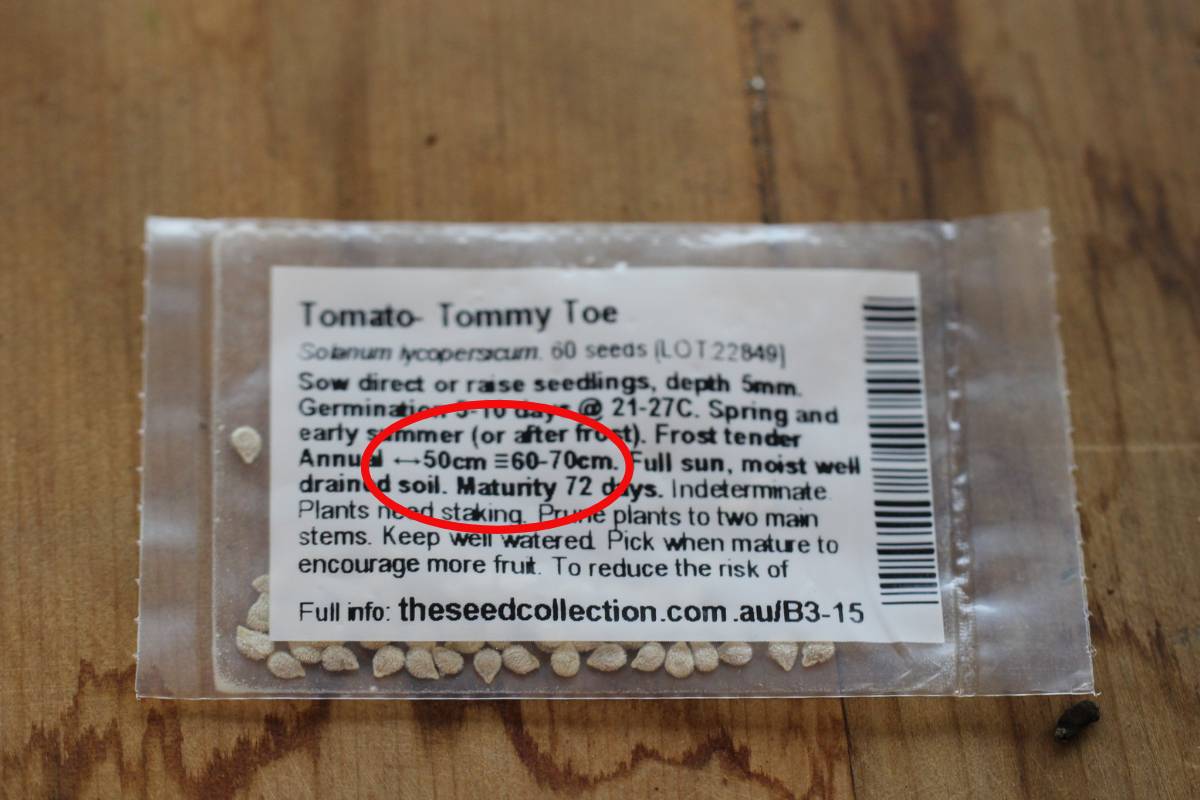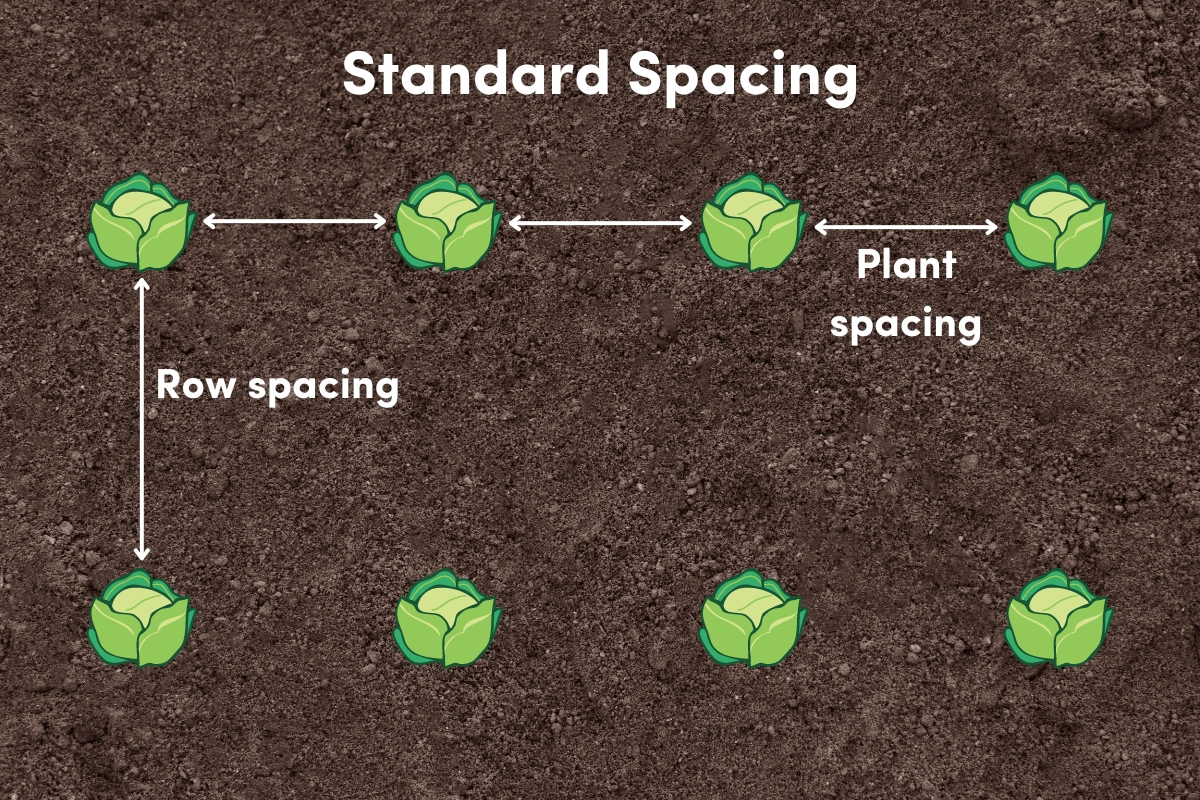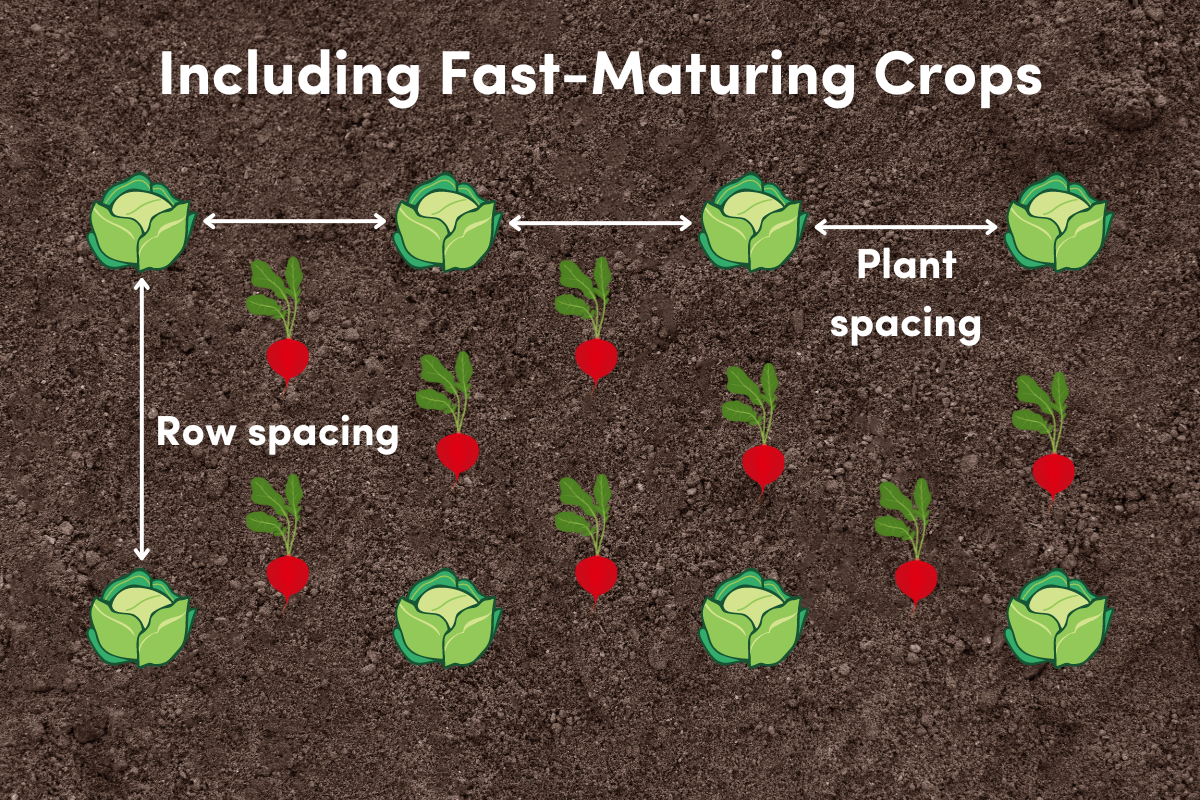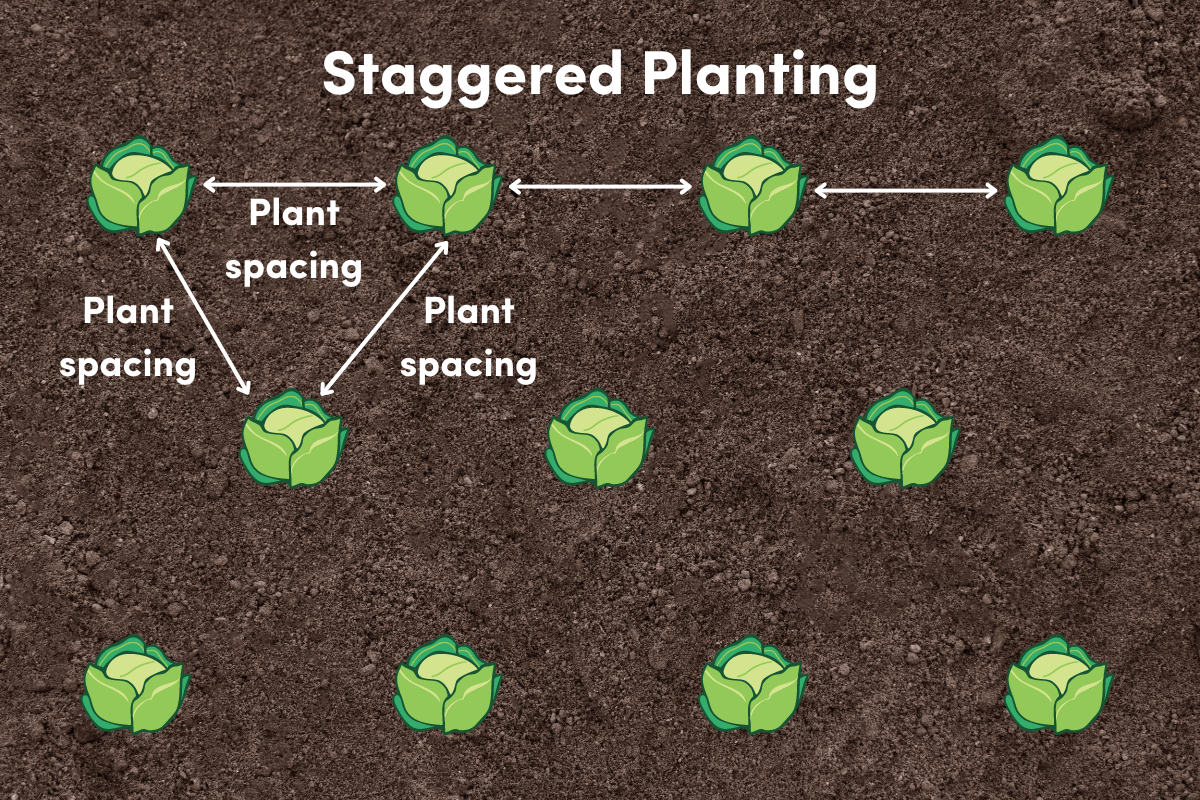Few gardeners have abundant space to grow every variety they want to experiment with. So when it comes to squeezing an extra plant or two into a vegetable patch, it's tempting to take a relaxed approach to the spacing guidelines on the seed packet, growing them a little closer together than strictly recommended. After all, surely more plants mean more produce in the end, right?
In fact, ensuring plants have enough distance between them is crucial for healthy growth and productive harvests, and even a small amount of overcrowding can bring poor results from over-stressed plants.
Why Correct Spacing Is Important
At the very least, plants need sufficient space so they can grow to their mature size unimpeded by their neighbours. It may seem as though there’s a lot of bare ground between seedlings, but picturing the mature size of plants, especially large ones such as cabbage and cauliflower, is a good reminder of the space plants require. This is as important for root crops as it is for plants that produce above-ground, hence the importance of thinning carrots as their roots develop.
All plants need to access resources to grow healthily, and above ground the resource most in demand is sunlight. Spacing plants correctly means they don't cast shade on one another, and each plant can make the most of the rays available.
Above ground, correct spacing also helps to increase airflow, giving plants plenty of the essential carbon dioxide they need to grow, as well as reducing the risks of mildew, mould, viruses, and many other infections. Crowded plants will also spread disease between themselves more easily, with a single infection potentially ruining an entire crop within a short period.
Perhaps even more importantly, plants need space below ground so their root systems can develop fully, harnessing the water and nutrients they need without competition from close neighbours. Too much competition for water and nutrients can make plants race towards early seed production, meaning varieties prone to bolting will do so much sooner.
Put all this together, and plants with a generous amount of space will tend to be healthier and more productive than ones planted shoulder-to-shoulder, with heavier harvests making up for the smaller number of individual plants.
Downsides to Correct Spacing
Correct spacing also has a couple of minor problems. The most immediate one is the sense of waste created by expanses of bare soil between immature plants, giving the idea that it'd be easy to fit a few more seedlings into the gaps. However, this false impression disappears as the plants grow to fill their allotted area.
As a more practical downside, leaving lots of open soil between seedlings also allows more space for weeds to grow, creating harmful competition if they're not kept under control. The other side of the coin is that the extra room makes it easier to use a hoe or other weeding tool, especially if crops are planted in rows, making the task less laborious than carefully weeding by hand.
How to Find the Correct Spacing
Most seed packets include spacing recommendations, and while it's tempting to think of them as ideal maximums that you could play a little fast and loose with, it's safest to take them at face value. Recommendations for plant and row spacing are usually printed on the seed packet. More general information is readily available in sowing charts or grow guides. Finding the recommended distances for the specific variety you're growing is a good idea though, as there can be a lot of variation even within a single species.

Exceptions to the Spacing Rule: Quick Crops and Interplanting
As with most gardening topics, there are a few exceptions to the spacing rule. If you're gardening in a particularly small space, you can use several techniques to maximise yields from every square metre.
For the first, once you've planted your main crops using the recommended spacing, you can fill up the empty areas between plants by sowing fast-growing crops like radishes or leafy greens. These will grow to full size long before the main crops need the space they're occupying, providing an extra harvest and helping to control weeds.
Similarly, sowing fast-growing plants like leafy greens more densely, then adding space by thinning, lets you harvest half the young plants for the table, leaving the rest the elbow room they need as they head for maturity.
Another way to maximise planting density while respecting recommended spacing is to offset or stagger the planting holes in double rows so they make angled lines rather than a strict grid. This allows slightly closer row spacing than traditional methods, eking out a few more plants per bed.
Lastly, crops of the same variety can be planted using staggered timing, with young seedlings added as older ones start to reach maturity. This way, not all plants need full spacing at their particular growth stage, allowing more compact planting in a single bed. This works best with relatively fast-growing species that can provide multiple harvests across a single growing season.
But while these exceptions can work well, they take a more advanced knowledge of gardening along with more planning and attention. In most cases, the simplest route to success is to stick to the recommended spacing for each plant, however tempting it might be to push the boundaries a little.








